Tag: hemodynamics
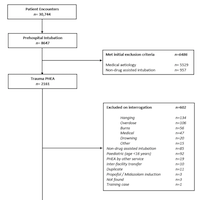
Critical Hypertension in Trauma Patients Following Prehospital Emergency Anesthesia
Delivery of prehospital emergency anesthesia (PHEA) to seriously injured trauma patients risks hemodynamic fluctuation. In adult trauma patients undergoing PHEA, 11.9% of patients experienced post-PHEA critical hypertension.... read more
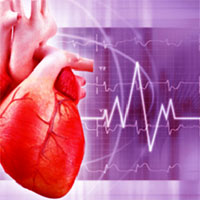
Revisiting VA-ECMO in Infarct-related Cardiogenic Shock
Despite advances in medical therapies and coronary revascularization, infarct-related cardiogenic shock remains a life-threatening emergency with high death rates. Temporary mechanical circulatory support, including peripheral... read more
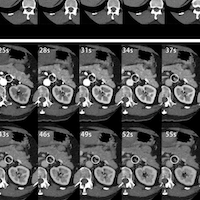
The Hemodynamics of Adrenal Veins with Four-dimensional CT Using Quantitative Time-density Curve
Present study quantitatively analyzed adrenal venous flow using four-dimensional computed tomography (4D CT). We reviewed 4D CT images of 55 patients [mean age, 52 years ± 11 (standard deviation); 23 females] who underwent... read more
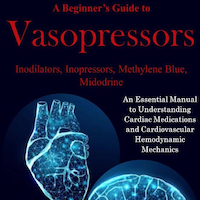
A Beginner’s Guide to Vasopressors: Inodilators, Inopressors, Methylene Blue, Midodrine: An Essential Manual to Understanding Cardiac Medications and Cardiovascular Hemodynamic Mechanics
The use of pressors and dilators are common in intensive care units, especially concerning the heart. With different mechanisms of action and titrations, it is essential to know how each of the drugs perform and the potential... read more
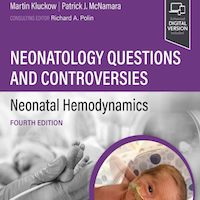
Neonatology Questions and Controversies: Neonatal Hemodynamics
Dr. Richard Polin's Neonatology Questions and Controversies series highlights the toughest challenges facing physicians and care providers in clinical practice, offering trustworthy guidance on up-to-date diagnostic and treatment... read more

Introduction to Hemodynamics
This book presents a bibliographical work on the modeling of blood dynamics. The first chapter describes the anatomy of the cardiovascular system and the functioning of the blood circulation. The second chapter is devoted... read more
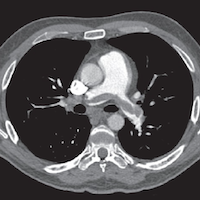
Beware the Painless Pulmonary Embolism
Many EPs know that myocardial infarction can be painless in about 20 percent of cases but are unaware that the same is true of pulmonary embolism. Many conditions, in fact, that are typically quite painful are actually... read more

Optimal Fluid Therapy for Sepsis Management in Critically Ill Adults
For a study, researchers aimed to analyze the fluid treatment in septic critically ill adults. About 20% to 30% of patients were admitted to an ICU with sepsis. In sepsis patients, investigators observed intravenous fluid... read more

Acute Kidney Injury in ICU Patients
Patients admitted to the intensive care unit are prone to various complications, one of which is acute kidney injury (AKI). The etiology of acute kidney injury can be multifactorial. Among the various causes, sepsis remains... read more
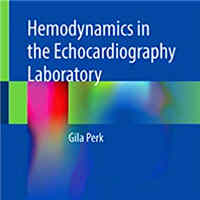
Hemodynamics in the Echocardiography Laboratory
The book provides a practically focused review of the latest techniques used for hemodynamic assessment in the echocardiography laboratory. It features a methodical case-based approach covering how to measure hemodynamic... read more
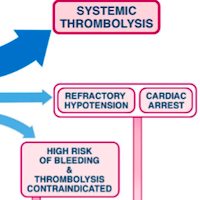
High-risk Pulmonary Embolism in the ICU
According to the European guidelines, high-risk pulmonary embolism (PE) is defined as PE associated with hemodynamic instability, including sustained hypotension, cardiogenic shock and/or cardiac arrest. High-risk PE... read more
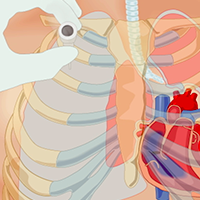
Tube Thoracostomy in Emergency Department
Using trauma video review we identified significant procedural variability in emergency department tube thoracostomy, mainly that hemodynamic abnormality led to lower proficiency scores and increased malpositioning. Efforts... read more
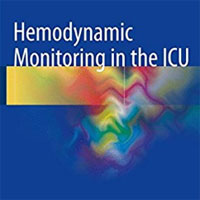
Hemodynamic Monitoring in the ICU
This book describes the pathophysiological significance of the hemodynamic monitoring parameters available to the clinician and their role in providing reliable and reproducible information on the cardiocirculatory status... read more
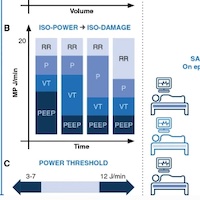
Mechanical Power: Meaning, Uses and Limitations
Ventilator-induced lung injury (VILI) carries significant attributable mortality in acute respiratory distress syndrome (ARDS). Even though all the ventilatory variables contribute to VILI, current guidelines focus almost... read more




